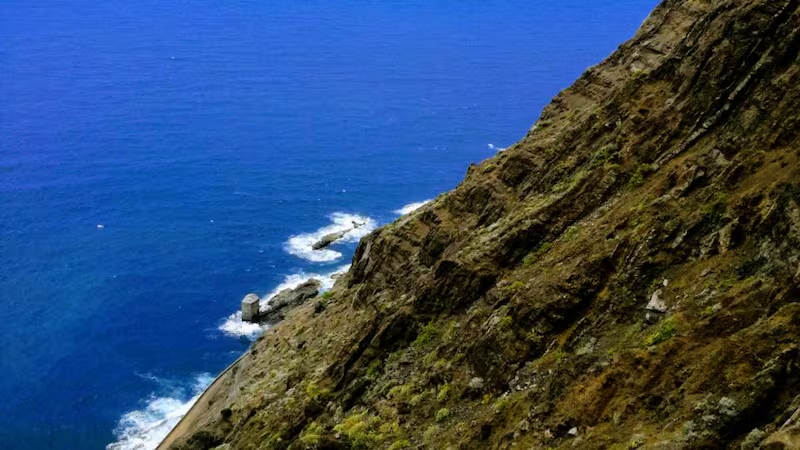Séamus Mac Aogáin was born in Abbeyshrule, Co Longford. He is a writer, playwright and storyteller who lives in La Gomera, one of the Canary Islands
Where is the first place you always bring people to when they visit La Gomera?
As a resident of this island paradise, I have no hesitation in introducing visitors to San Sebastian, the bustling capital of La Gomera, the second smallest of the Canary Islands. While they are on the island, they could swim safely a stone's throw from the centre, relax on the volcanic-formed, beautiful black beaches, dive in comfort in playa de la Cueva or stroll up to the luxurious national Parador/hotel overlooking the modern harbour. Mount Teide, some 50 kilometres away on Tenerife was once thought to be the tallest mountain in Europe, but at 3,718 metres it's the highest point in Spain and second highest in Europe.

The top things to do there, that don't cost money, are . . .
There is a wealth of restaurants, hotels, inexpensive accommodation and Airbnbs around the island. Fred Olsen Ferries go between the seven islands of the Canarian archipelago on a daily basis as do the comfortable propeller-driven planes owned by Binter Airlines.
Apart from cruise ships that drop anchor for short-term stays, the majority of visitors to La Gomera are here for the long haul. Germans mostly, they are early risers, hardy hikers and lovers of what the volcanic island has to offer. Criss-crossed by a multitude of walks from easy to unnerving, the ancient aboriginal trails link the isolated villages from the heights (1,487 metres) of the last laurisilva/laurel forest in Europe in Garajonay National Park to the many fishing villages along the rugged coast.
Agulo, long recognised as the “Jewel of Gomera”, with its own micro-climate, is beautifully situated between high cliffs and deep seas in the north east of the island. A visit to the village’s El Mirador de Abrante, a vertiginous glass-floored restaurant jutting out over the precipice, is not for the faint-hearted but rewards its visitors with unrivalled scenery across the sea to Tenerife.
Where is the best place to get a sense of La Gomera's place in history?
In 2009, UNESCO, the The United Nations Educational, Scientific and Cultural Organisation, added Silbo Gomera, La Gomera's whistling language, to the list "Masterpieces of the Oral and Intangible Heritage of Humanity". This led to to a revival of the language which has been long-used by the aboriginal Guanche tribes to communicate over distances of miles. Had the mobile phone not been invented we might well be using the Silbo language instead.
Also originally thought to be originated by the Berber tribes of the Sahara, there are also numerous signs, symbols and pieces of cave art similar to those that have been found in Newgrange, Dowth and Knowth and which suggest a strong Celtic/Viking influence.
Where do you recommend for a great meal that gives a flavour of La Gomera?
Gofio, a powdery mix of milled cereals, bananas, tomatoes and potatoes have long been the stable diet of the islanders. Kid goat, black pig, lamb, veal and beef figure on most menus as do a wide variety of fruits, vegetables and potatoes/papas whose seeds are supplied yearly from Northern Ireland and Donegal
What should visitors save room in their suitcase for after a visit to La Gomera?
I wouldn't leave La Gomera without some Gofio, Miel de Palma, Mojo Rojo or Verde, a variety of sauces unique to the island, unrivalled photos of lunar landscapes from the upper reaches of Agulo, or memories of a kind-hearted race who kept life going during the Ice Age.
If you’d like to share your little black book of places to visit where you live overseas, please email your answers to the five questions above to abroad@irishtimes.com, including a brief description of what you do there and a photograph of yourself. We would love to hear from you.










